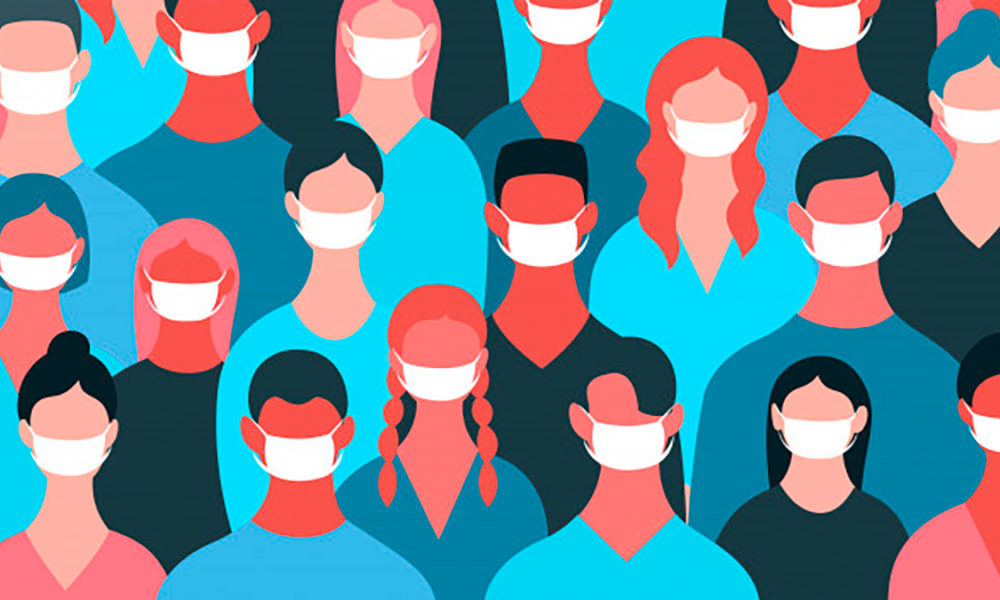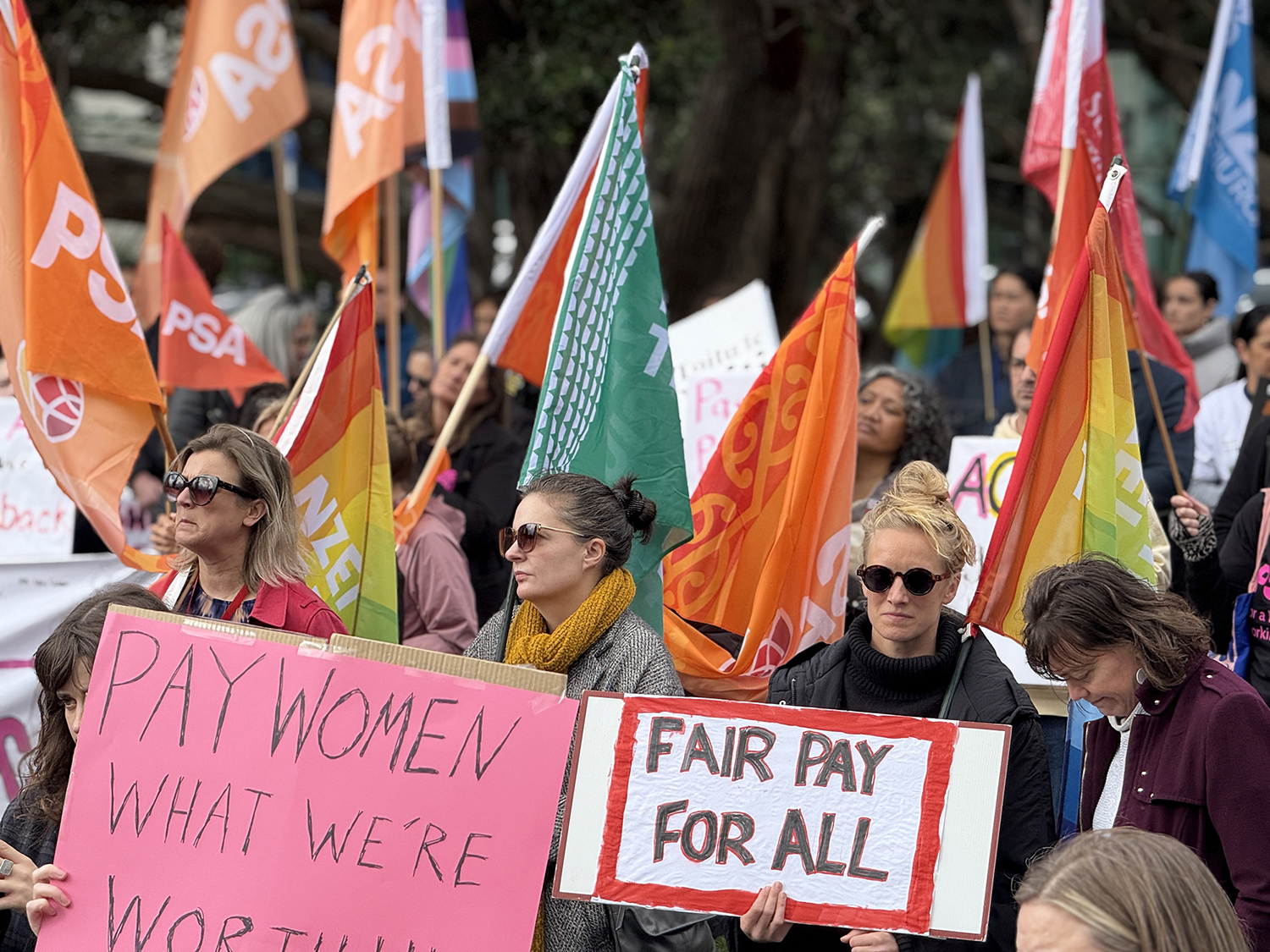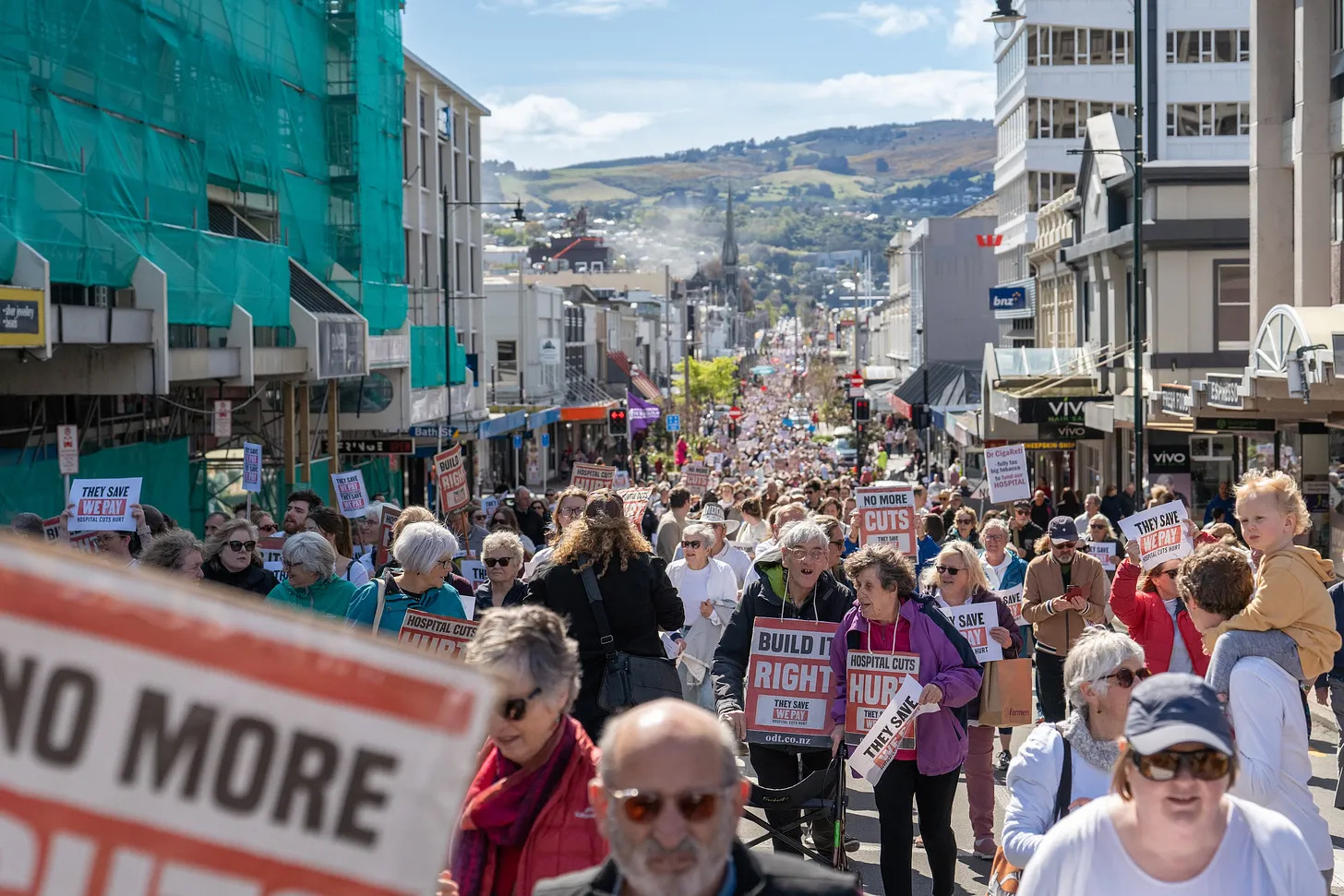In the face of the economic and public health crisis triggered by the coronavirus pandemic, the US left oscillates between mutual aid efforts and parliamentary impotence. We need to take part in workers’ struggles today and prepare for the coming upsurge.
There are over 140,000 diagnosed cases of COVID-19 in the US, but the actual number of infected individuals is probably already in the millions. We don’t know the real incidence of infections because the Trump administration has intentionally restricted the availability of tests in order to keep numbers artificially low. For this reason, we missed a golden opportunity to detect cases early, trace their contacts and isolate before there was community circulation of the virus.
Now it’s too late. ICUs are overflowing in New York City, and we can expect similar situations in other cities as they reach their peak of infected individuals. We are on track to finding ourselves in a scenario like the one in Italy or in Spain, but with a population that’s five times larger and without universal health care. In New York State alone, there were 279 deaths in the 24 hours of Monday, March 30.
This grim situation is made worse by the growing lack of personal protective equipment (PPE) for healthcare workers. And this lack of PPE is contributing to another problem: a shortage of healthcare workers themselves. The neglect of public authorities in ensuring an adequate supply of PPE has already led to the deaths of at least two nurses in New York City. Many other workers in sectors deemed “essential” are facing a similar situation, in which they are forced to work in unsafe conditions under the threat of being fired and, therefore, left without income in the most dire economic crisis since the Great Depression.
However, we should also question what is really essential and what is not. For example, with the excuse of keeping essential businesses running, mega developers are building luxury towers in Manhattan’s Upper East Side, forcing laborers to work in deplorable conditions. Under pressure from Wall Street, President Trump tried last week to accelerate a reopening of the economy, but received such a strong popular backlash that he had to backpedal. Apart from Trump’s own unstable personality, his constant zig-zags in his policies toward the pandemic show deeper divisions among bourgeois sectors on how to tackle this crisis.
Currently, a large percentage of the workforce in the U.S. is either unemployed or furloughed (some are still on a payroll but with zero hours) locked down at home, and struggling to get by. The number of people filing for unemployment rose to over 3 million last week–and this is only a proxy for real unemployment, which includes many more that can’t file for unemployment insurance because they have not worked long enough, plus those in precarious jobs and the millions of undocumented immigrants. Despite a trillion-dollar stimulus package, the money given to working-class families is barely enough to pay rent and minimal expenses. The government has, once again, decided to bail out big capital and give only crumbs to workers. The $1,200 check, which will only reach workers in the formal sector is a meager subsidy that can barely help families get by for a couple of weeks (leaving hundreds of thousands of restaurant workers, nannies, and workers in the gig economy out to dry). For big capital, however, there was generous aid: 500 billion dollars to big companies, 58 billion dollars to airlines, and more.
In this situation, some industries are making a killing. Amazon, for instance, is receiving more orders from online customers than ever, and Honeywell and 3M — the largest producers of N95 masks and other protective equipment — have seen their profits soar because of the crisis. Much of the healthcare industry should be included in that list as well — especially the laboratories making COVID-19 tests.
Capitalism Has Failed
The government has once again proven that it is a friend of capital and an enemy of the working class. The Trump administration and the bipartisan consensus in Congress failed to adequately respond to this looming public health crisis on several occasions — allowing the outbreak to grow stronger and more widespread. Since the early days of this crisis, the White House and most lawmakers have been more concerned about maintaining business confidence and avoiding disruptions to the economy than saving lives. They also failed to produce enough tests to detect and trace contacts in an early stage to contain the clusters of transmission. Once the virus was spread, the U.S. government (at all levels) failed to protect workers and their families, forcing them to show up to work sick or without protection, exposing them to the virus spread. And more recently, the government has failed to produce vital ventilators in time before hospitals are overwhelmed with patients needing respiratory assistance.
Why did this happen? Because production under capitalism is not determined by social need, but by the prospects of profit. Donald Trump, as a true representative (and member) of the capitalist class, tried for several weeks to convince capitalists to produce the needed equipment without coercion. But the number of cases of COVID-19 skyrocketed as GM kept trying to negotiate a juicy deal for the ventilators before converting its plants for their production. Trump finally stepped in last week and allegedly ordered GM to start production, but there are no details of when and how many ventilators GM will produce. The weeks lost in unnecessary delays will be paid in the coming few weeks with the lives of patients who won’t have the respiratory support they need.
Muffled Class Struggle on the Rise
Before the pandemic hit, class struggle was on the rise across the world. Even in the U.S., labor unrest was coming back to the scene after several years of lull. The coronavirus pandemic, with the social isolation it entailed and, in some cases, the sentiment of national unity it brought, seemed to push the class struggle to the back burner. The current new normal of social distancing, mandated quarantines and voluntary isolation represents huge hurdles for anyone trying to organize. And the idea that we are at war against a common enemy permeates the media and all political discourse; but the reality is too blunt to remain concealed under this veil of social harmony. The truth is that the clash between classes is present in every aspect of the crisis.
Notably, a simmering tension is mounting in practically all “essential” sectors, where workers are standing up against unsafe working conditions, lack of paid sick leave, and the compulsion to work — even for those that are at high risk of contracting COVID-19. Auto workers at GM, Ford and Fiat Chrysler shut down their plants earlier this month, forcing the companies to stop production. Amazon warehouse workers organized as “Amazonians United” recently won paid time off (PTO) in at least two locations, and similar organizing drives are under way in many others. Almost 200 thousand Instacart workers went on a nationwide strike on Monday, demanding protective gear, an additional $5 an hour in hazard pay, and the extension of paid leave for those at high risk due to health conditions. Nurses at the Jacobi hospital in the Bronx staged a rally last week to demand adequate protective gear.
These examples are likely to multiply as COVID-19 cases keep rising and we sink deeper and deeper into a public health and economic crisis. And if we are following the steps of Italy in the trend of coronavirus cases, we might as well follow their lead on how to fight against capitalist greed in the midst of the pandemic. In Italy, this tendency for class struggle to break out in the open has reached the highest form: union federations called for a general strike that took place on March 25, to protest the broadening of the definition of “essential” business by the government at capital’s request.
The much used comparison of the current situation with war time is not totally unwarranted. In fact, wars typically foster a sentiment of patriotism and national unity, and, just like now, class struggle, even when pushed down by a sea of nationalism, keeps stubbornly coming back to the surface. Moreover, as Beverly Silver shows in her landmark Forces of Labor, the lulls in class struggle observed during wars in the twentieth century were immediately followed by hefty labor upsurges once the war was over. We can expect a similar rebound of class struggle, maybe one of the strongest in the history of the U.S., once we leave the COVID-19 pandemic behind.
What are the Tasks for the US Left in This Scenario?
The great gambit of the U.S. left since the beginning of 2019 has been to campaign wholeheartedly for Bernie Sanders, with the hope that it would result in a strengthening of their organizations. This has been the case of the DSA, as well as other smaller organizations such as Socialist Alternative. Despite boasting more than 55 thousand members, the DSA has postponed ad eternum the task of building an independent socialist party in the U.S., opting instead for deepening its ties to the Democratic Party. This entailed, implicitly or explicitly, less attention and resources to the task of organizing at workplaces and in the unions, and becoming worker-leaders for the struggles to come.
Guided by a single-minded emphasis on electoral politics, the DSA deployed over the last year thousands of members across the country with the illusion that Sanders could wrest the Democratic Party from the claws of the establishment. But they underestimated the power of the party elites. After months of steady decline in the polls, bad performances in the debates and serious, repeated gaffes in interviews, Joe Biden appeared to be out of the race. The Democratic establishment struggled to find a candidate that could unify the moderate vote. However, a quick maneuver a few days before Super Tuesday was enough to make Biden the inevitable nominee and leave the Sanders campaign in disarray.
Then came the coronavirus pandemic and everything changed. A public health emergency turned very quickly into an economic crisis that required government intervention. The stimulus plan that Republicans and Democrats came up with was, as already pointed out, a generous gift for capital, with pitiful economic support for workers attached. Bernie Sanders and ‘the Squad’ recognized this, but they were unable to change much. Despite the millions of donations, the army of canvassers and the many thousands of votes garnered in the primaries, Sanders was not able to change the character of the government intervention. AOC, in turn, despite all her arm-waving and huffing and puffing in the House, ended up voting for the package as well.
The strategy put forward by so-called democratic socialists had been to take over the Democratic Party and get Bernie Sanders elected. This was, from the beginning, a plan aimed at winning minor reforms, while keeping the heavy scaffolding of the U.S. ‘s capitalist (and imperialist) state. Now the strategy has mutated to putting pressure on the Democratic and Republican parties to make sure they don’t let thousands of workers, who are locked down at home without an income, starve. Moderate Democrats were eager to include some of the pro-working class demands in the bill (crediting Elizabeth Warren for them), to make the stimulus package more palatable for the general public–a sign that they learned the lessons of the 2008 bailout and the public outrage that ushered in the Occupy movement.
Of course, Sanders is not the problem; the problem is the cognitive dissonance among the leaders of the largest socialist organization in the US, who have repeatedly insisted that to build working-class power, we need to do politics inside the Democratic Party.
Everything has changed in a matter of two months, and the need for the left to converge with the most combative sectors of the working class has only become more urgent. Today, socialists in the U.S. need to be at the forefront of the fight for safe working conditions and against layoffs. We in Left Voice are working around the clock to not only provide an anti-capitalist analysis, but also to amplify the struggles of workers on the ground.
But just as socialist need to be part of workers’ struggles multiplying around us, there is a similarly urgent need for an independent political representation of the working class. Maybe now that Biden seems to have secured the nomination, socialist in the U.S. can dedicate all our efforts to build a party of workers, including immigrant and native, Black and Latinx, queer and oppressed. A workers party to advance our interests against capital.
The road to socialism through the Democratic Party has proved to be a complete failure. Today the DSA has grown, and it is in a much better position to wage these fights than ever before. However, this is not thanks to the Bernie 2020 campaign, but in spite of it. If anything, canvassing, phone banking and other activities related to Sanders’s campaign has taken away resources that could have been used to build power at our workplaces, to fight for democratic, militant unions (against the union bureaucracy), and to set the foundations for an independent workers’ party that fights for a break with capitalism. Such a party would be able to coordinate struggle across workplaces, unite the fight of front line workers with the unemployed, and represent a working-class alternative that would not feel compelled to sign onto yet another bailout for capital.
First published in Leftvoice.org









